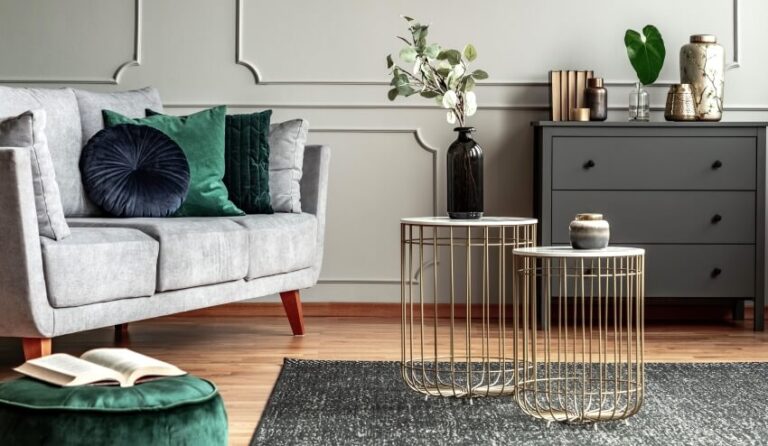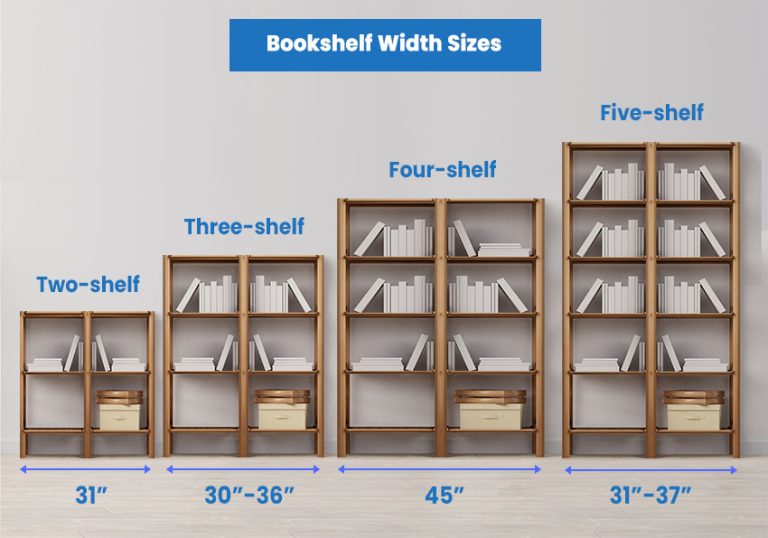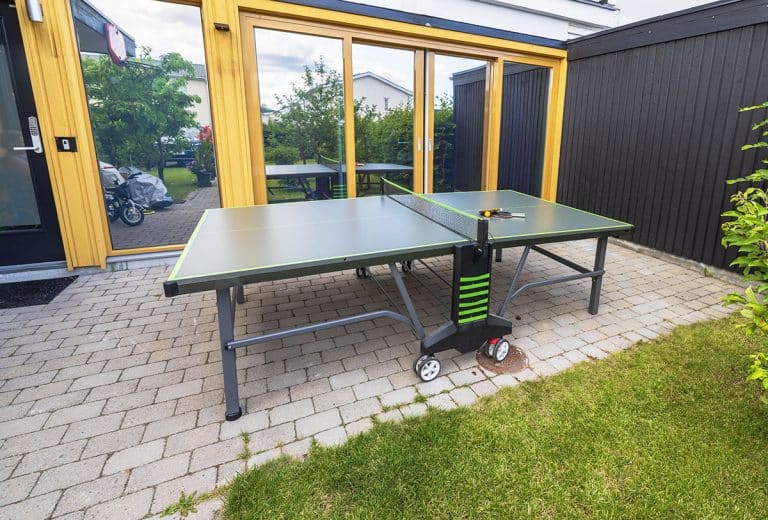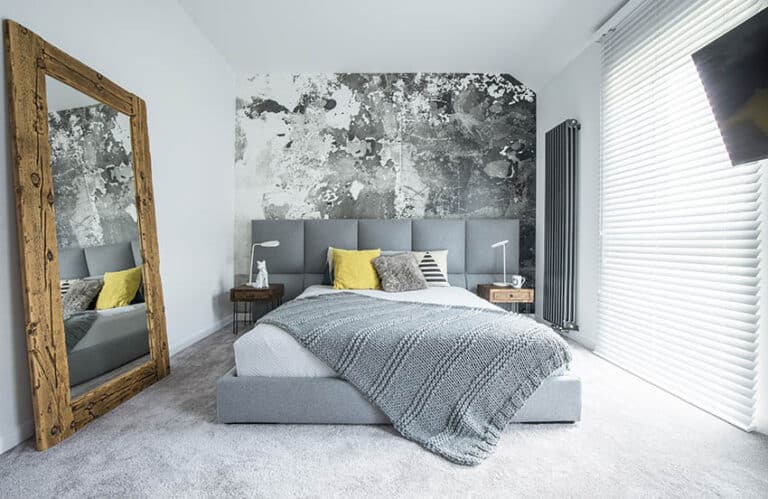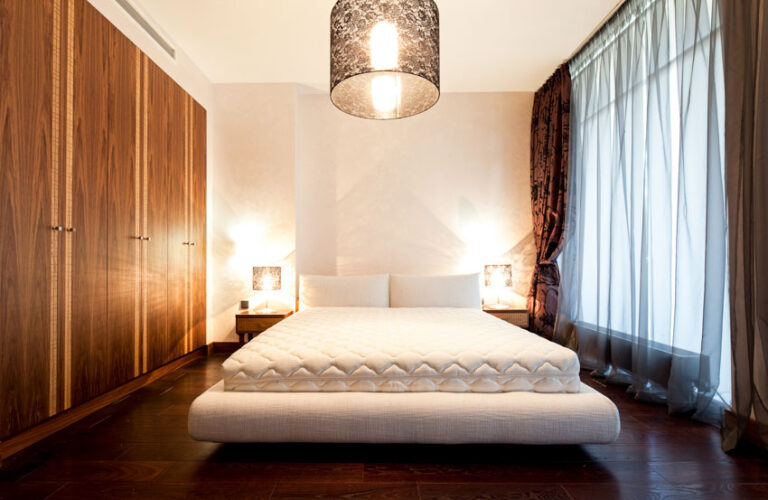Best Wood for Table Tops (Types, Grain & Hardness Guide)
A wood table is a beautiful piece of furniture that can last you many years of use. It’s important to select the best types of wood for your table tops to ensure they last. Two of the major factors when deciding are the wood’s grain and hardness.
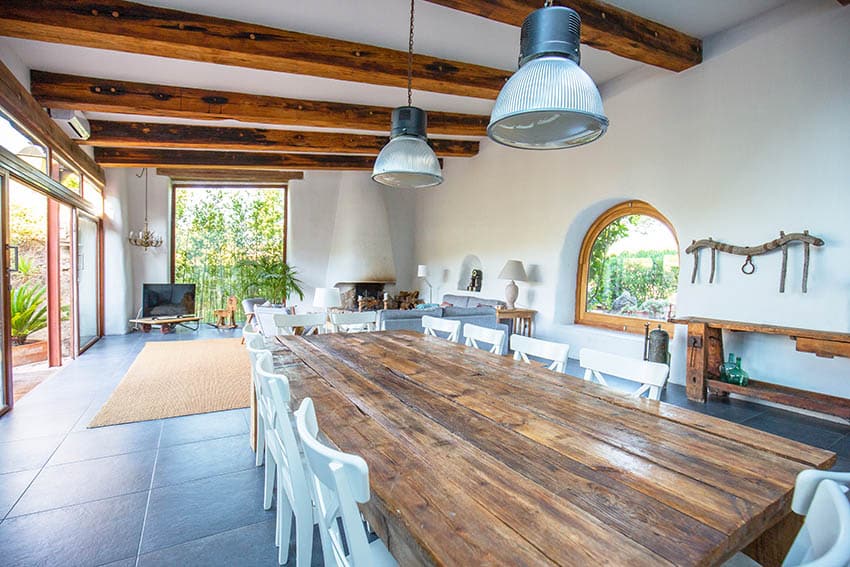
Types of Wood for Table Tops
Here are the most popular types of wood for table tops, including whether they are useful for furniture.
Walnut
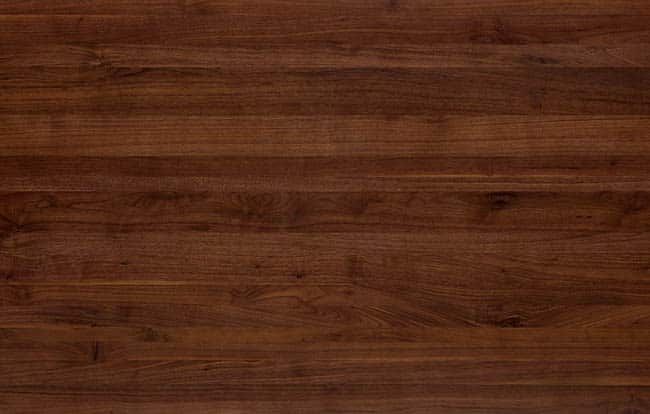
Walnut is harder than cherry, but not quite as hard as oak, rating 1010 on the Janka hardness scale. However, due to its fine, straight-grain pattern and dark color, it hides minor damage well.
The sapwood of the maple tree can be a creamy white color, while the heartwood at the center of the tree trends toward a dark chocolatey brown.
Walnut trees are less common than other types, and the trees don’t grow as large. Because there is less walnut available, it tends to be more expensive than other hardwoods. Walnut carves beautifully, and when finished with tung oil, it has a gorgeous sheen.
Bottom line: If you’re in the market for an intricately carved heirloom piece, you can’t do better than a walnut tabletop.
Hickory
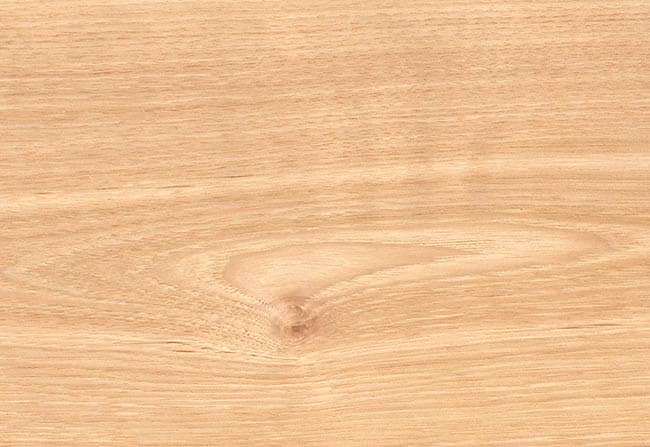
Hickory is the hardest commercial wood and is widely available in North America. It receives a Janka hardness of 1860. Hickory table tops can take a beating and still look great — they are highly resistant to dents and scuffs. With very little effort, a hickory table can easily last generations.
That hardness has a drawback, though. Because hickory is so difficult to work with, it usually comes at a slightly higher cost than other commercial hardwoods.
A tabletop made from hickory will have beautiful contrasting streaks in the grain patterns. Hickory has a medium reddish-brown color flecked with yellow or gold.
You may be able to purchase a tabletop made from lower-grade hickory lumber, which will have black streaks and dark knots.
Bottom line: Choose hickory tabletops for their durability and unique appearance.
Cherry
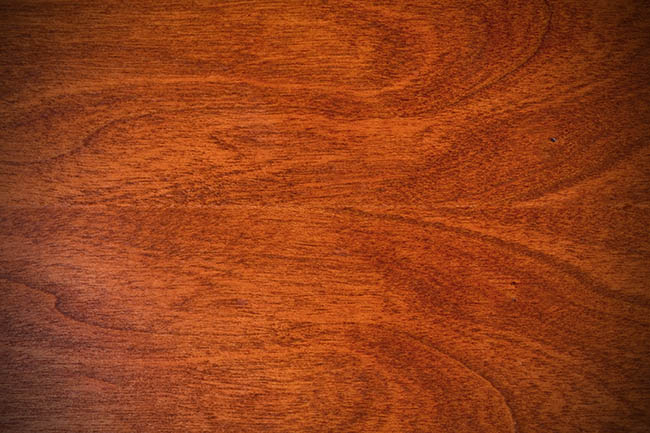
Softer than oak but harder than most pine, cherry rates a 990 on the Janka hardness scale, so some care needs to be taken to avoid dents and scrapes.
However, when properly cared for, cherry furniture can last for decades, making it a good choice for a dining room table if you’re willing to spend the money.
Cherry has a very fine spiral grain, giving the surface a smooth, liquid appearance that is unlike any other species of tree. As your tabletop is exposed to light, the color will darken and deepen, becoming richer and more mesmerizing every year.
Bottom line: A tabletop is a perfect place to showcase this beautiful material — cherry table tops beg to be touched and admired.
Oak
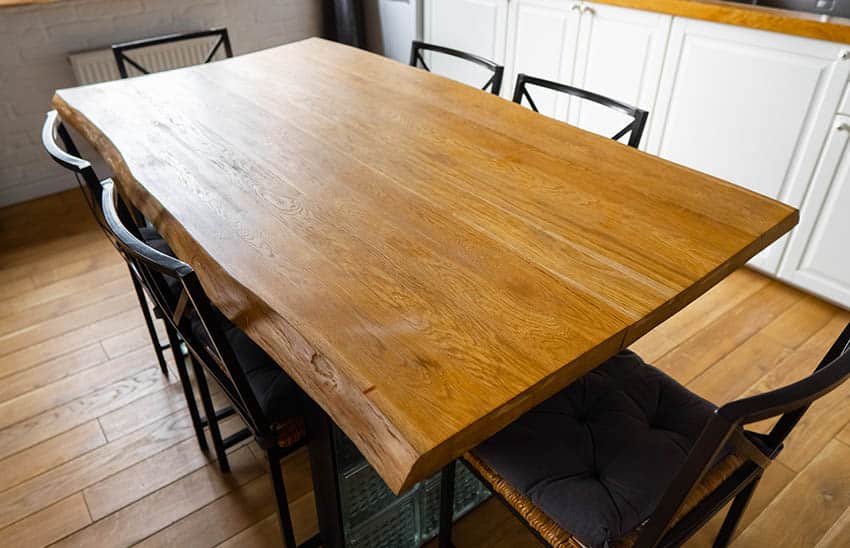
Price generally corresponds to hardness — the harder the material used to make the furniture, the more expensive the furniture will be. But in this instance, that might not be true.
Oak is an affordable and easily sourced wood, thanks to a healthy population of oak trees almost all over North America. White Oak measures a very respectable Janka hardness of 1380, while Red Oak is rated at 1290.
Oak is known for having visible ‘rays’ — these are cellular structures that run perpendicular to the wood’s grain, appearing as flecks or waves.
Quarter-sawn White Oak displays this feature beautifully, thanks to how the planks are cut. Quarter-sawn White Oak is a traditional choice for mission-style or arts and crafts tabletops.
Oak is highly resistant to moisture and comes in a variety of different colors. It’s a very practical choice if you have young children, as it will hold up well to dents and scratches.
Bottom line: Oakwood balances cost and durability, making it the best overall choice for tabletops.
Maple
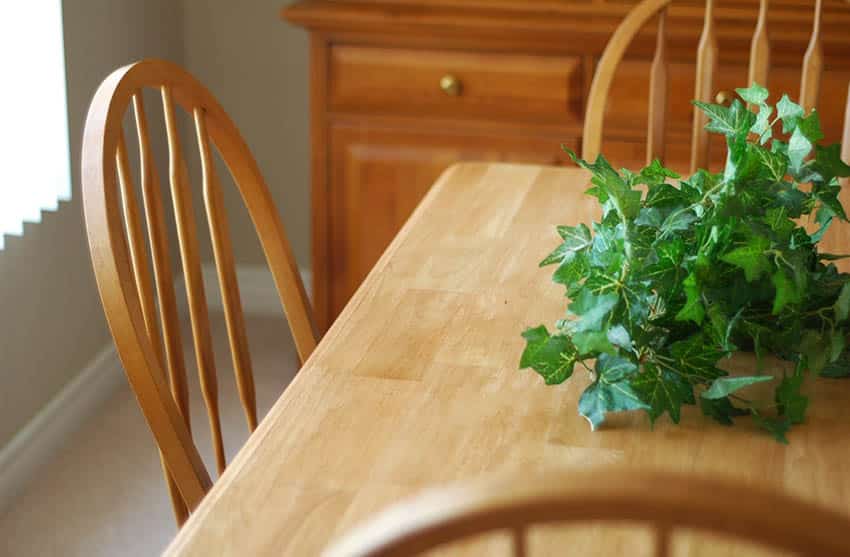
Hard Maple comes from the center of the tree (also called the heartwood) and lives up to its name, earning 1450 on the Janka hardness scale. It is also known as Rock Maple or Sugar Maple.
Brown Maple comes from the sapwood of the same tree. Although brown maple is sometimes called soft maple, it’s still harder than elm and pine and almost as hard as cherry. It earns a Janka score of 950.
Maple tabletops have a warm, honeyed glow, ranging from soft white to golden. It is easy to work with and has a fine, smooth, straight grain without contrasting flecks or rays. A maple tabletop is highly durable and will bring warmth to any dining area.
Bottom line: Perfect for tabletops, maple is an affordable and durable option that is easy to work with and has a beautiful grain.
Elm

Elm is a very strong lumber, which means it’s resistant to splitting and structurally sound. When it comes to hardness, it doesn’t perform as well — only an 830 on the Janka scale.
Elm has a unique striped pattern, and alternating bands of light and dark make it a beautiful and interesting choice for a dining table. Just don’t expect it to stand up to abuse — elm needs to be treated gently and well cared for.
If properly maintained, an elm tabletop can be the centerpiece of a room and is great for semi-formal dining rooms or households without children.
Dutch elm disease has destroyed much of the Elm population, making elmwood harder and more expensive to source than it used to be. It has a coarse, somewhat uneven grain structure and can range from light to medium brown.
Bottom line: If you love the look of elm, it’s reasonable to choose it for your tabletop. If you’re on the fence, opt for less expensive and more durable product.
Pine
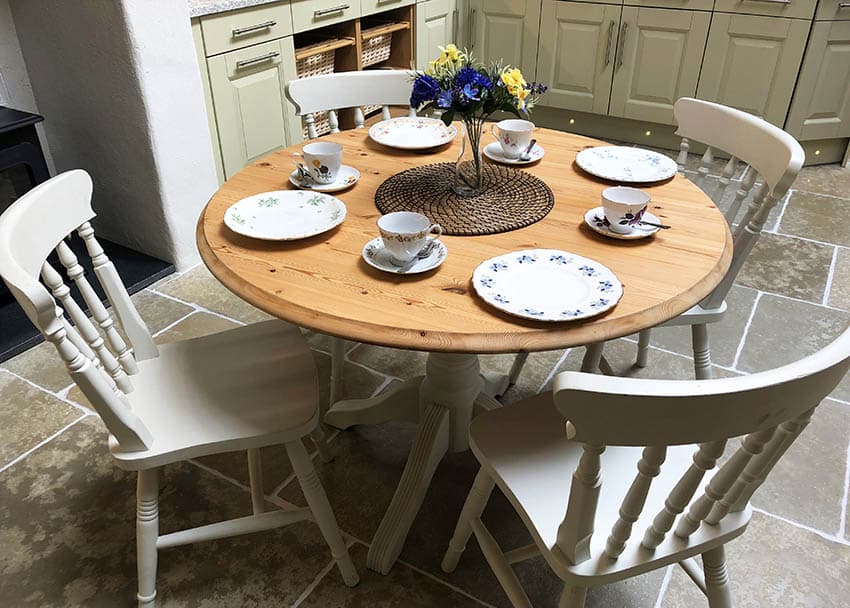
Pine is one of the softest woods available. White Pine tabletops are a 420 on the Janka scale, with Eastern White Pine even lower at 380. Southern Yellow Pine tables are harder, measuring 880.
Even the most robust portion of the pine tree, the heartwood, only gets up to 1225 on the Janka hardness scale. If you buy a pine tabletop, don’t expect to hand it down to your grandchildren.
Pine has a welcoming yellow glow that warms up eat-in kitchens or relaxed family dining rooms.
Like all wood, it contains imperfections called ‘knots.’ Pine knots are generally darker than the surrounding area, making these imperfections very visible compared to other types of lumber. Some see this as a feature; for others, it’s a bug.
If you like the look of knotty pine, look for table tops made from industrial or standard grade lumber. If you’re not a fan, search for a premium or finish class lumber. Pine is the most affordable option for wooden furniture, including tabletops.
Bottom line: If you’re looking for the beauty of a wooden tabletop without a bank-breaking price tag, pine is your best bet.
Wood Grain
Wood table tops are often advertised as having a beautiful ‘grain,’ but what does that even mean? To understand grain and compare different types of wood, we need to consider its original form.
Wood grain is the lengthwise pattern that results from the arrangement of wood’s fibers, or the pattern revealed when a tree is cut. It reflects the growth rings and the way the wood cells are oriented, contributing to its unique texture and appearance. Grain affects the wood’s strength and how it responds to staining and painting.
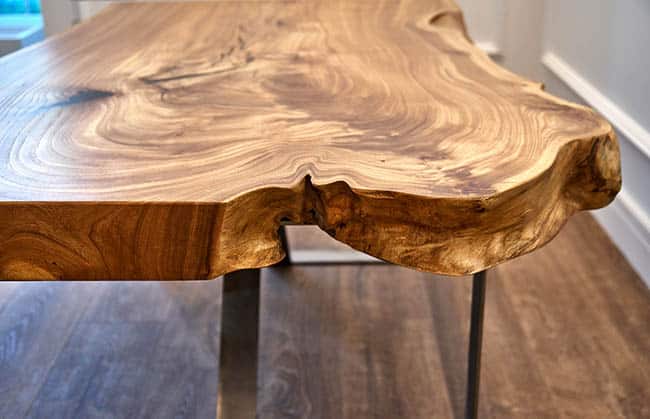
Trees are made up of fibrous cells. The size, shape, density, and orientation of these cells differ from one tree species to another. When the trees are cut down and turned into planks, those differences dictate the look and feel of the product and how difficult or easy it is to work with.
‘Straight grain’ wood cells are oriented parallel to the tree’s axis. ‘Spiral grain’ cells curl around the axis of the tree.
‘Fine-grain’ or ‘closed’ grain refers to the wood with small, tight cells, while ‘coarse’ or ‘open’ grain means the cells are larger and more prominent.
Wood Hardness
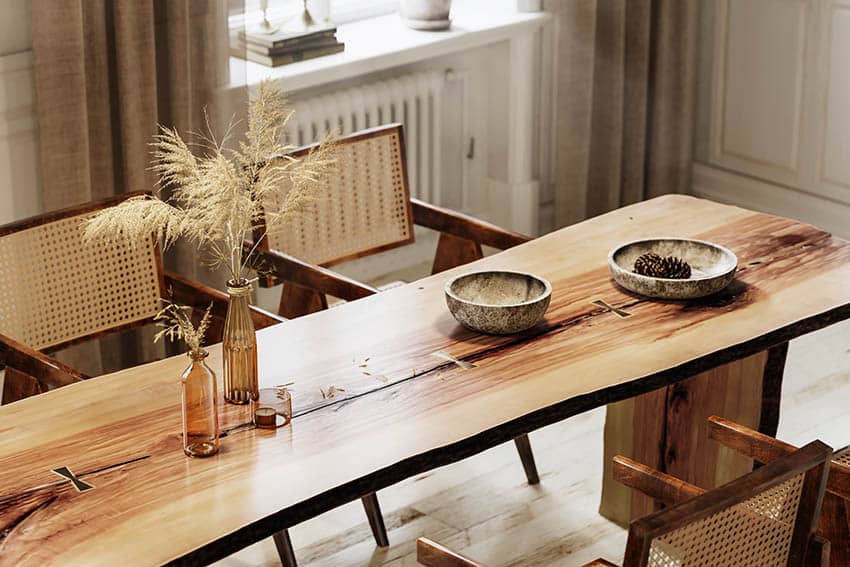
The other term you’ll run into while shopping for your perfect wood tabletop is ‘hardness.’ Hardness, when it comes to wood tabletops, is a synonym for durability.
The harder the wood is, the more resistant it will be to damage. Don’t rule out softer woods, though — when properly cared for, they can also last a long time.
So, how is hardness measured? With something called the ‘Janka Scale.’ The scale runs from zero to 4,000. The higher the number, the harder the wood.
Wood Tabletops Infographic
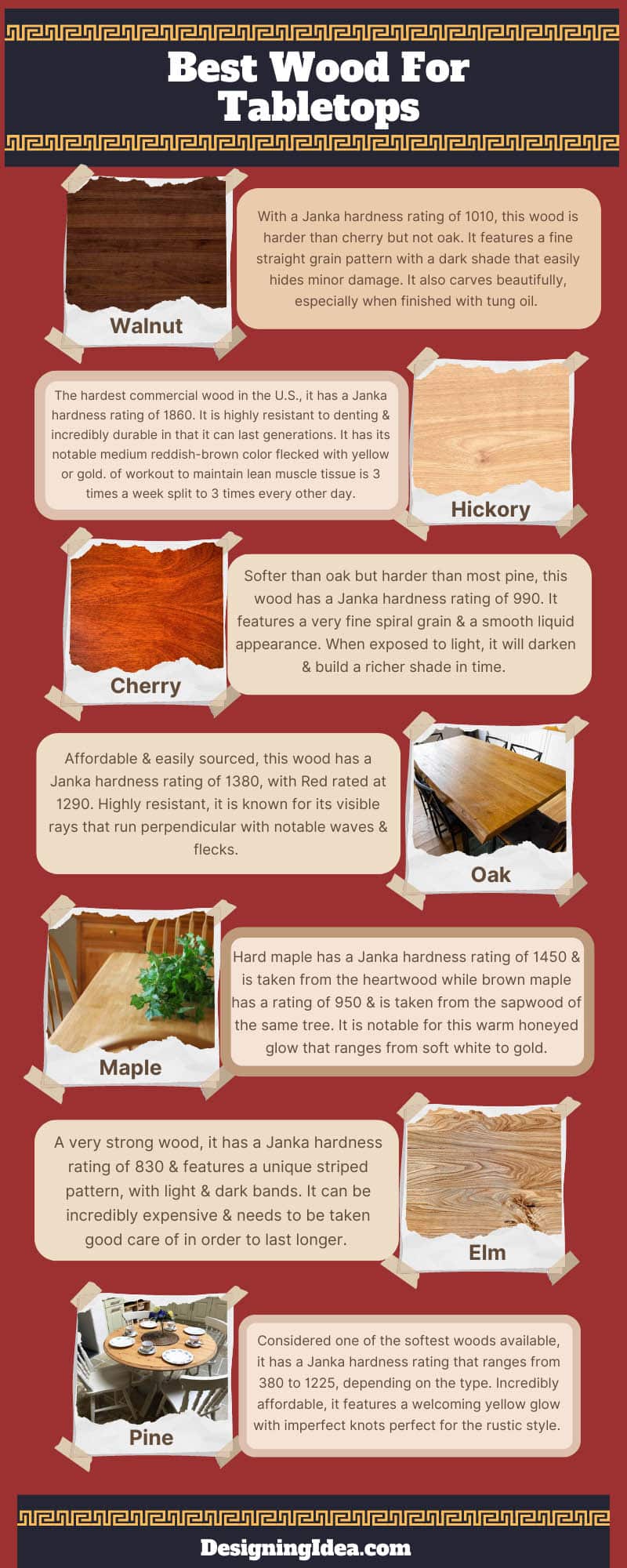
What do you consider the best wood for table tops? Let us know in the comment section. For more information visit our page on dining table dimensions.

